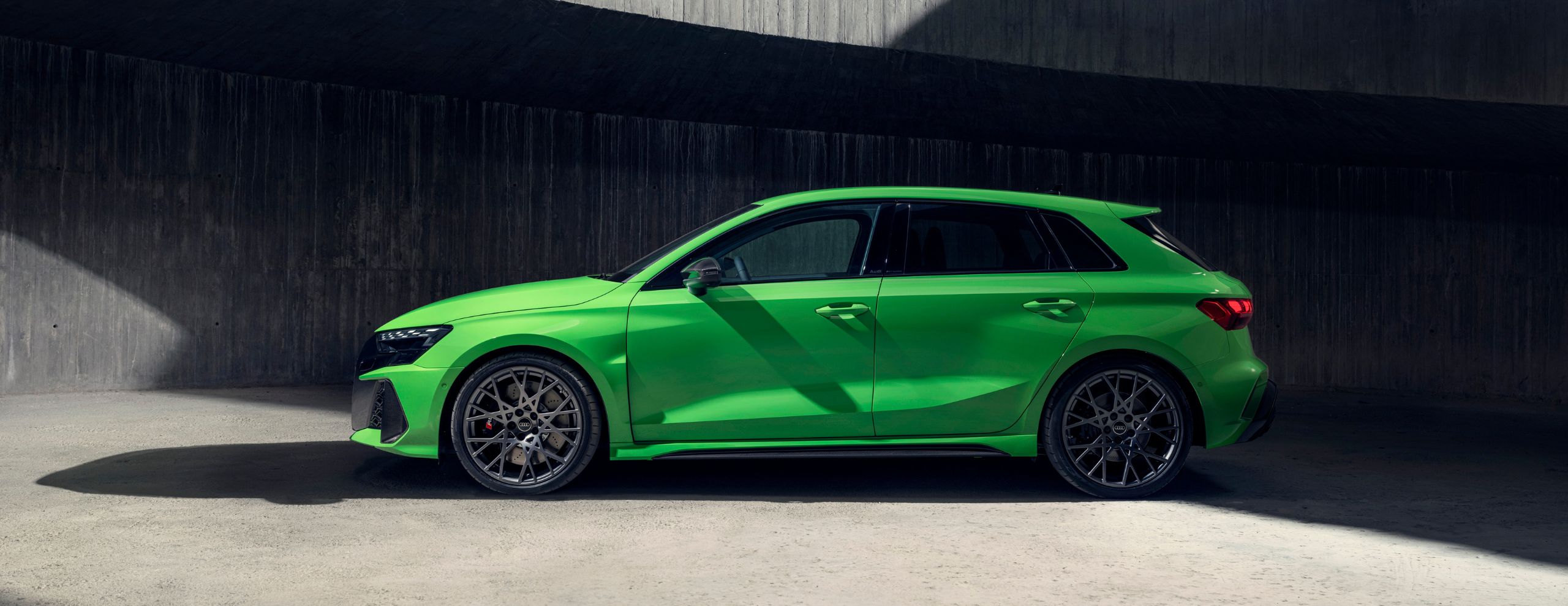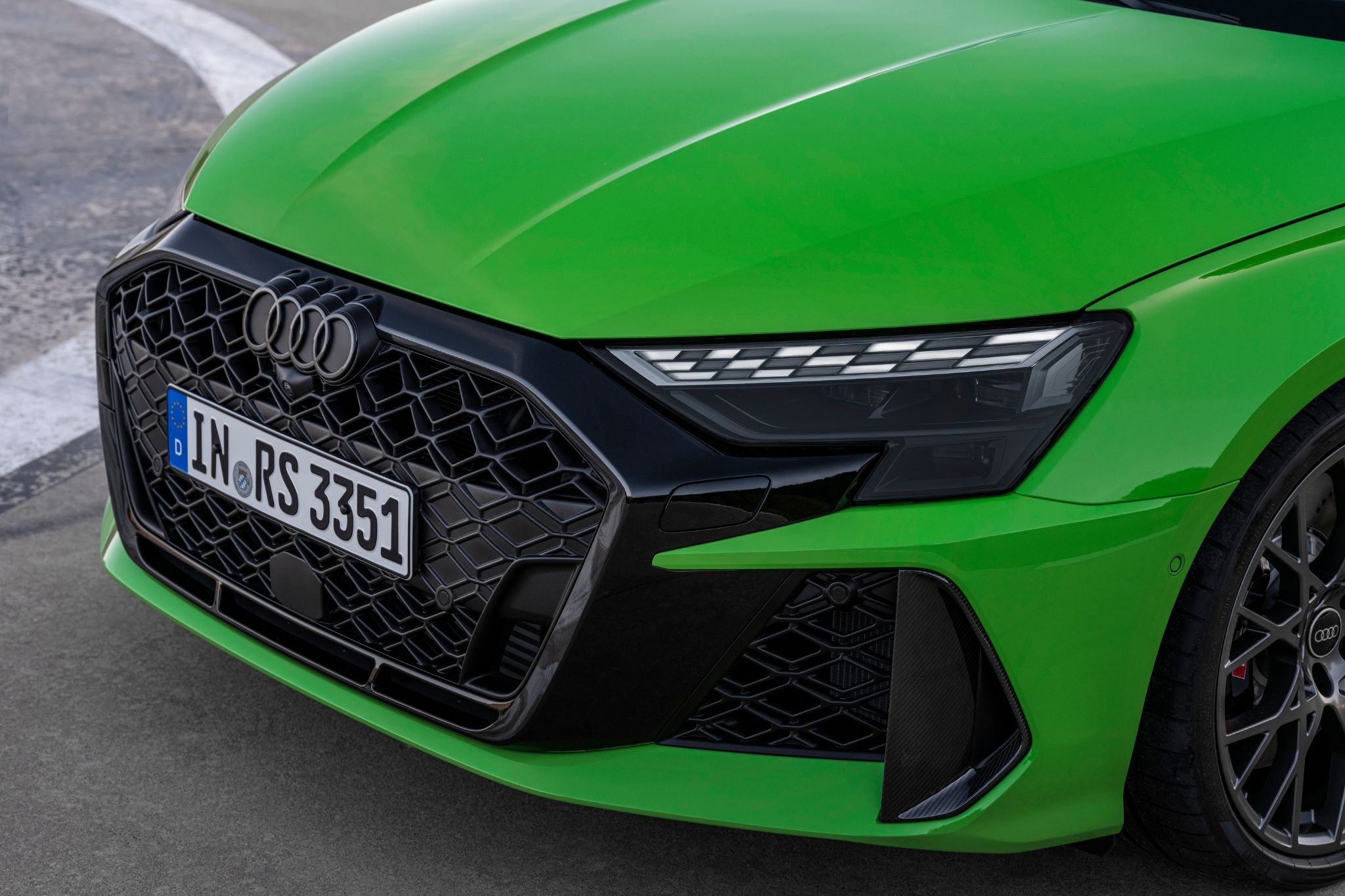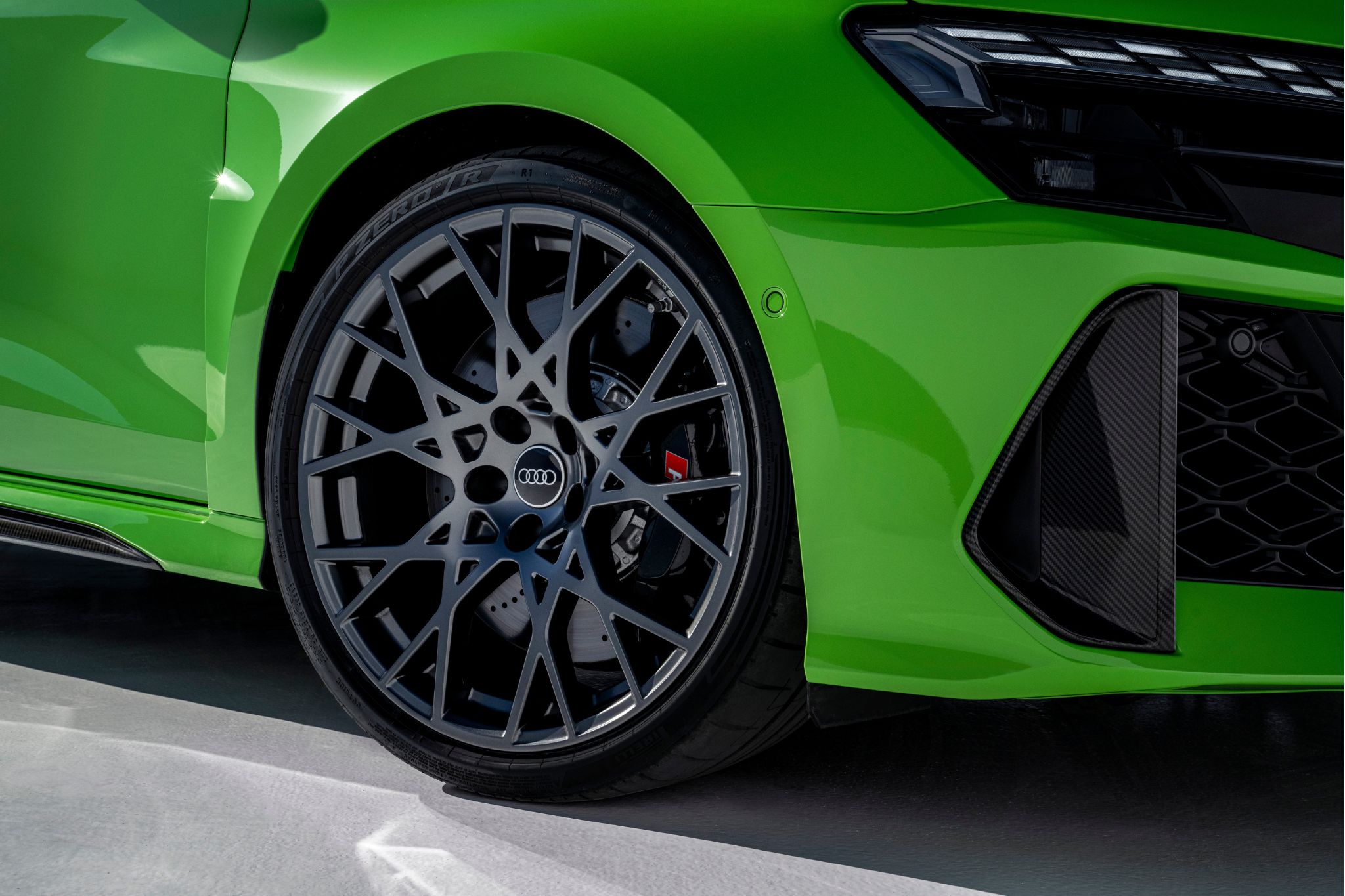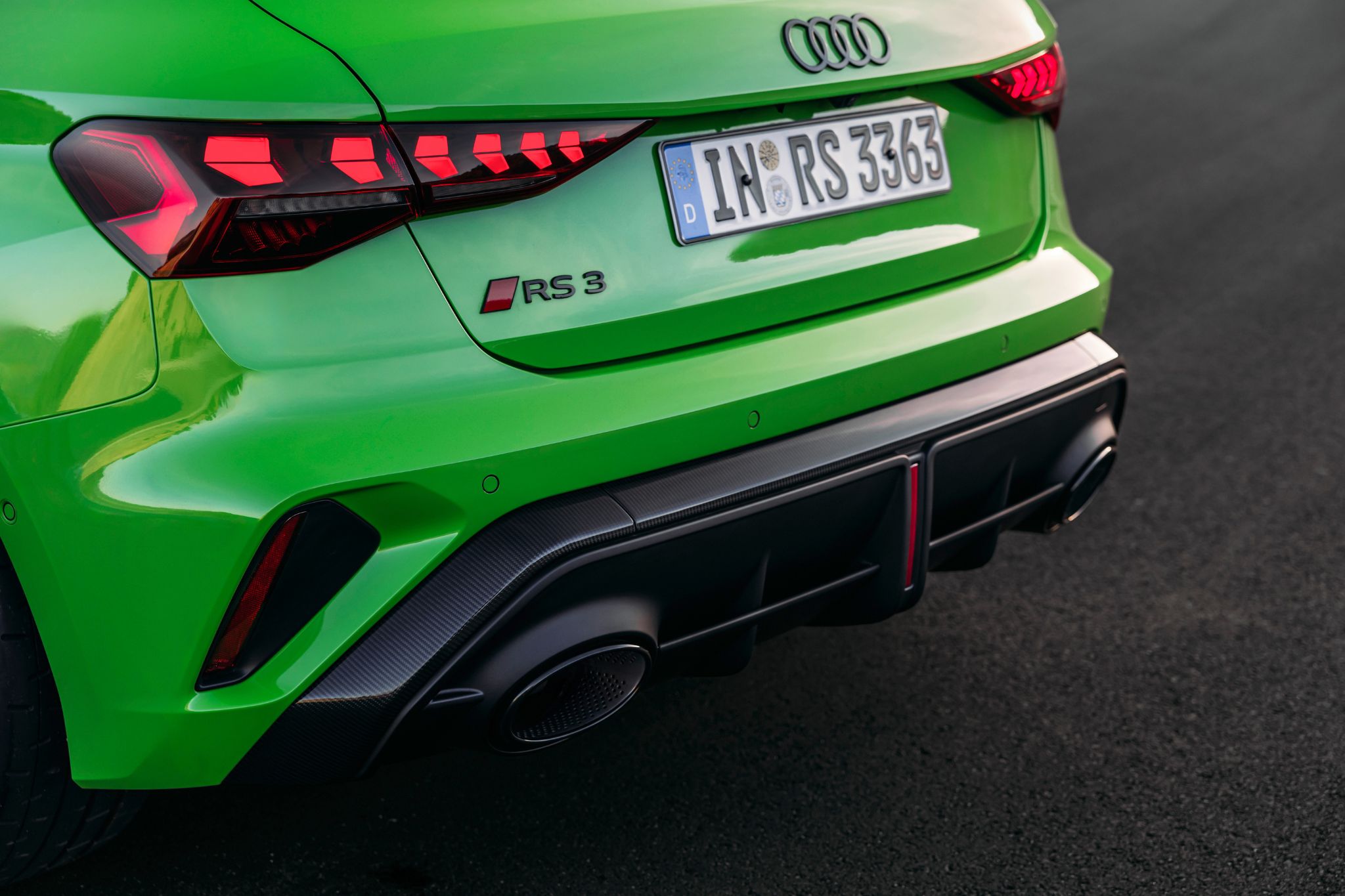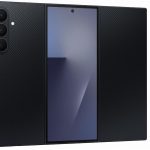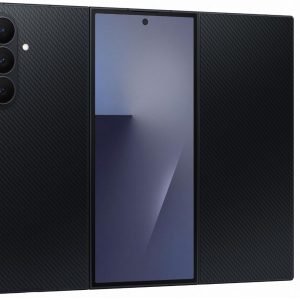With new design and performance upgrades, the compact top model Audi RS 3 Sportback, which represents maximum performance, has become even sportier.
After its upgrade, the Audi RS 3 has an assertive front design with a hexagonal Singleframe with a striking border and a voluminous rhombus-pattern grille, which emphasises the dynamics of the compact sports car.
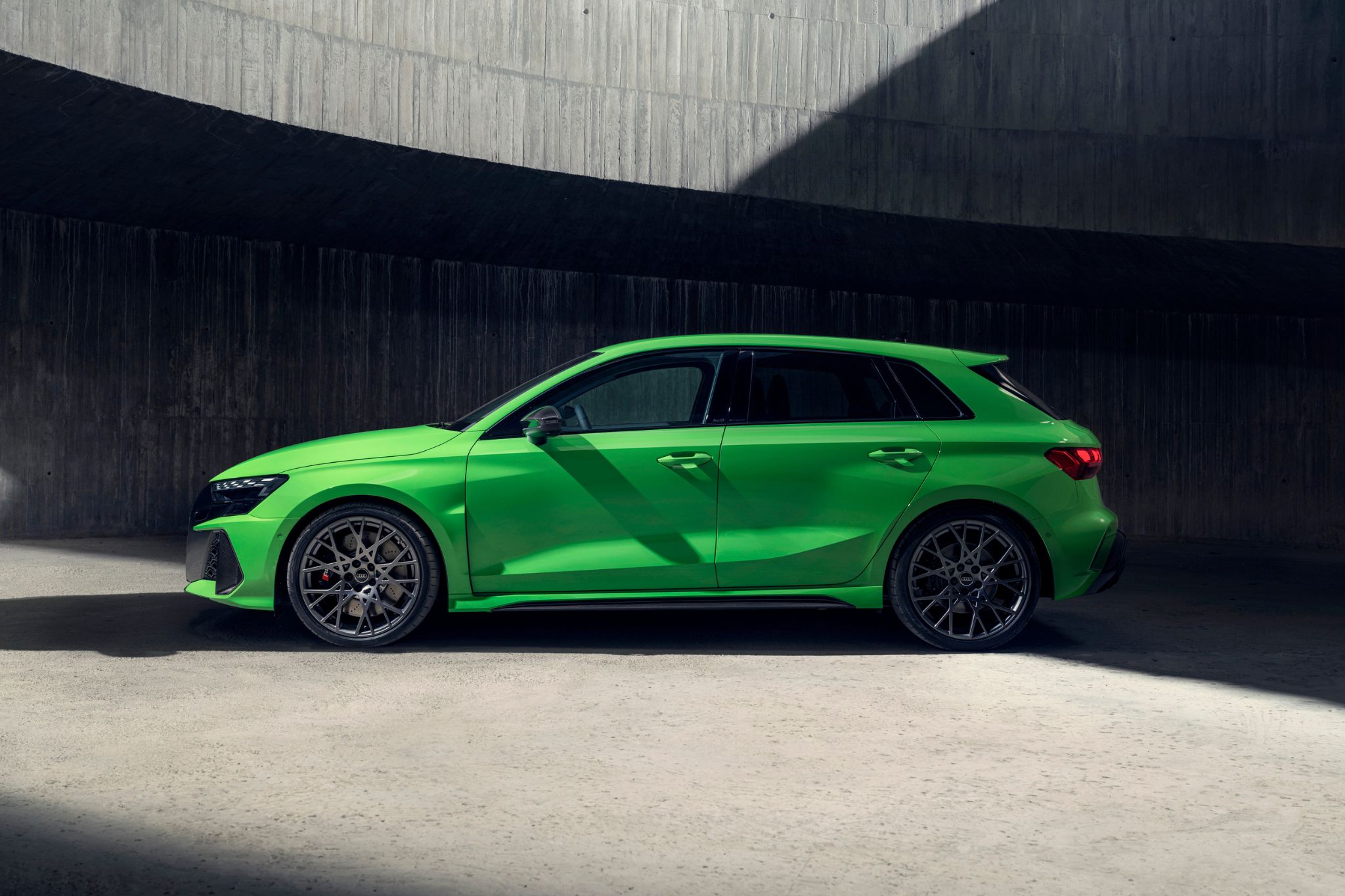
Along with redesigned daytime running lights, the headlights also accentuate the car’s performance and for the first time, allows drivers to choose between three additional daytime running light designs in the MMI touch display. Like the headlights, the tail lights also feature a new graphic where arrows dynamically light up from inside to out with the coming home/leaving home function embodying the progressive design.
The expressive exterior is accentuated by the RS-specific exterior colours Kyalami Green and Kemora Grey, the new metallic paints Ascari blue and Progressive Red, and for the first time, Daytona Grey in a matte finish.
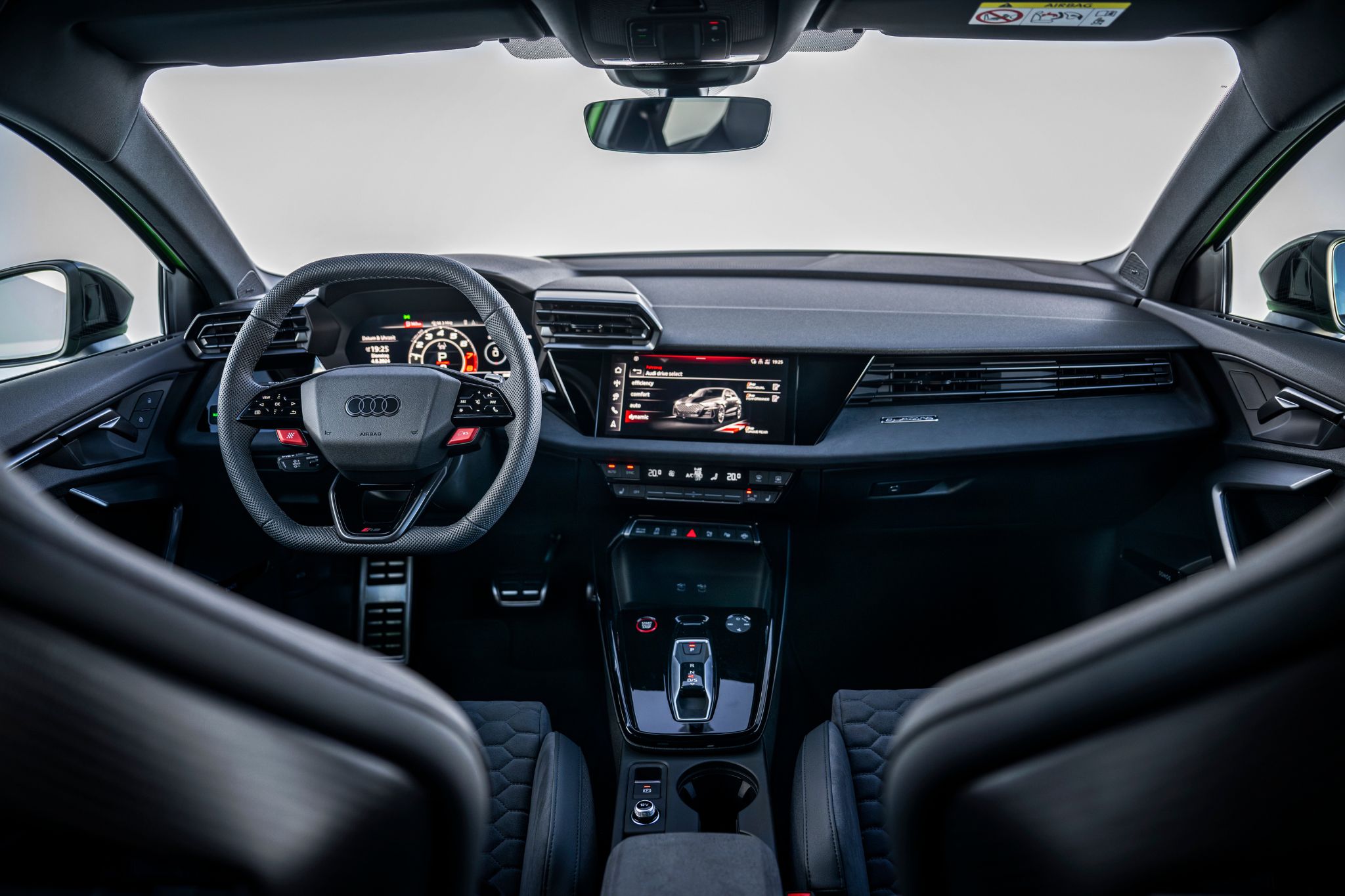
In the interior, you’ll find dark colour tones with a new steering wheel, RS sport or bucket seats, carbon features, and sporty displays. The standard contour and ambient lighting illuminate the new design features such as the storage box in front of the flatter-designed shifter, the centre console with cup holders, and the doors.
There’s even a night-time feature where a light source in the door panel backlights hundreds of lasered rhombus shapes of various sizes, which dynamically light up when locking and unlocking the RS 3.
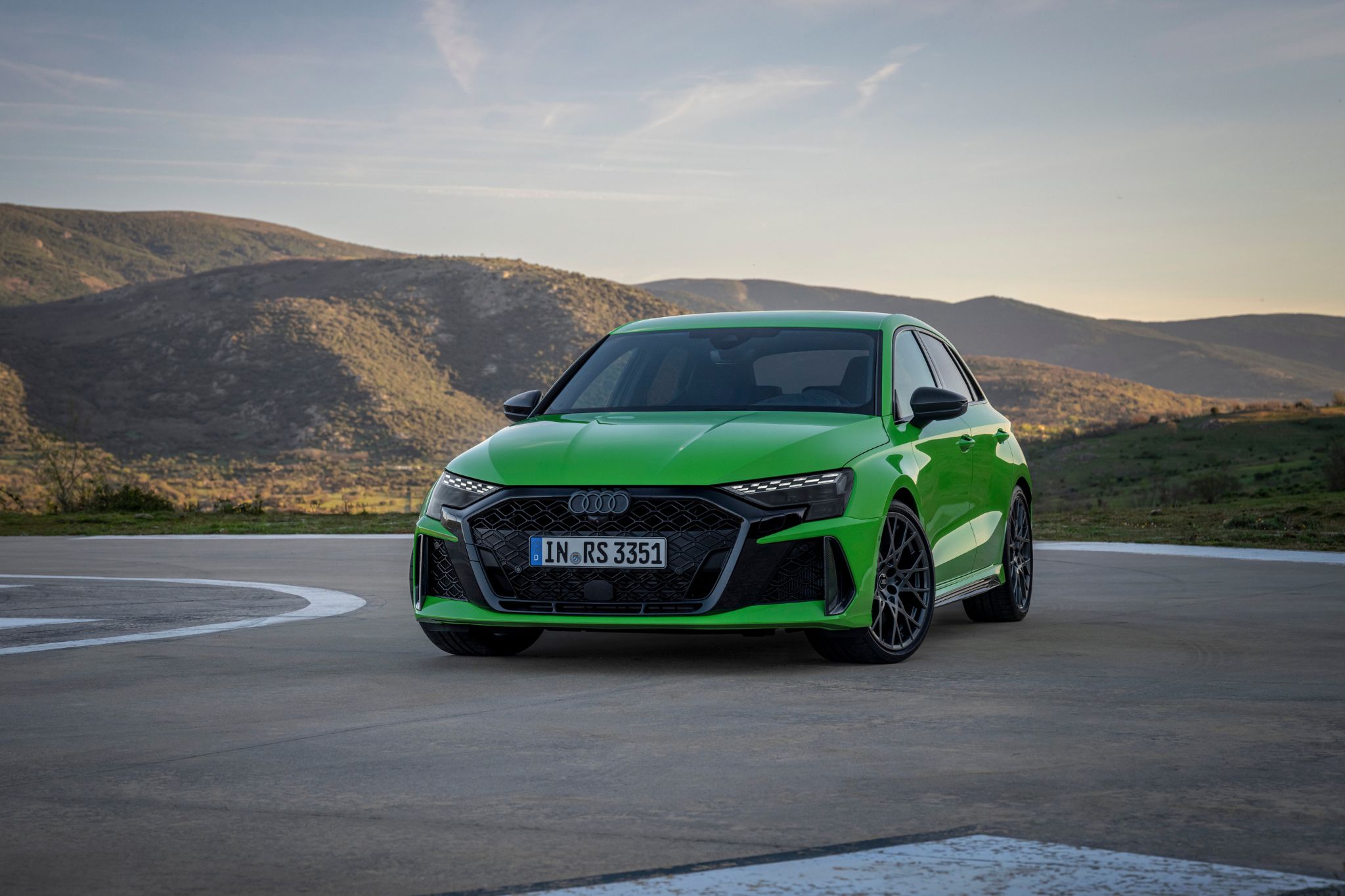
Joining the already standard features of the 12.3-inch Audi virtual cockpit plus is the new rev counter, which prominently displays the revolutions per minute in the centre of the instrument cluster. There are also displays for power output, torque, g-forces, acceleration, and lap times.
Powered by the legendary 2.5 TFSI engine from Audi Sport, the Audi RS 3 is able to accelerate from 0 to 100km/h in 3.8 seconds and can reach a top speed of 290km/h. Depending on the Audi drive select mode chosen, you can now make the RS 3 more agile earlier and in a more controlled manner. When the coefficient of friction is low, the interaction of these systems also ensures increased stability.
Performing even better in bends, the RS 3 helps to avoid understeer at the entrance to the corner, and turns in more willingly thanks to its fine-tuning and brake torque vectoring. With the finely dosed brake interventions on the inside wheels, the compact sports car follows the corner’s radius more precisely, allowing you to accelerate the RS 3 sooner to steer it through the bend at higher speeds.

